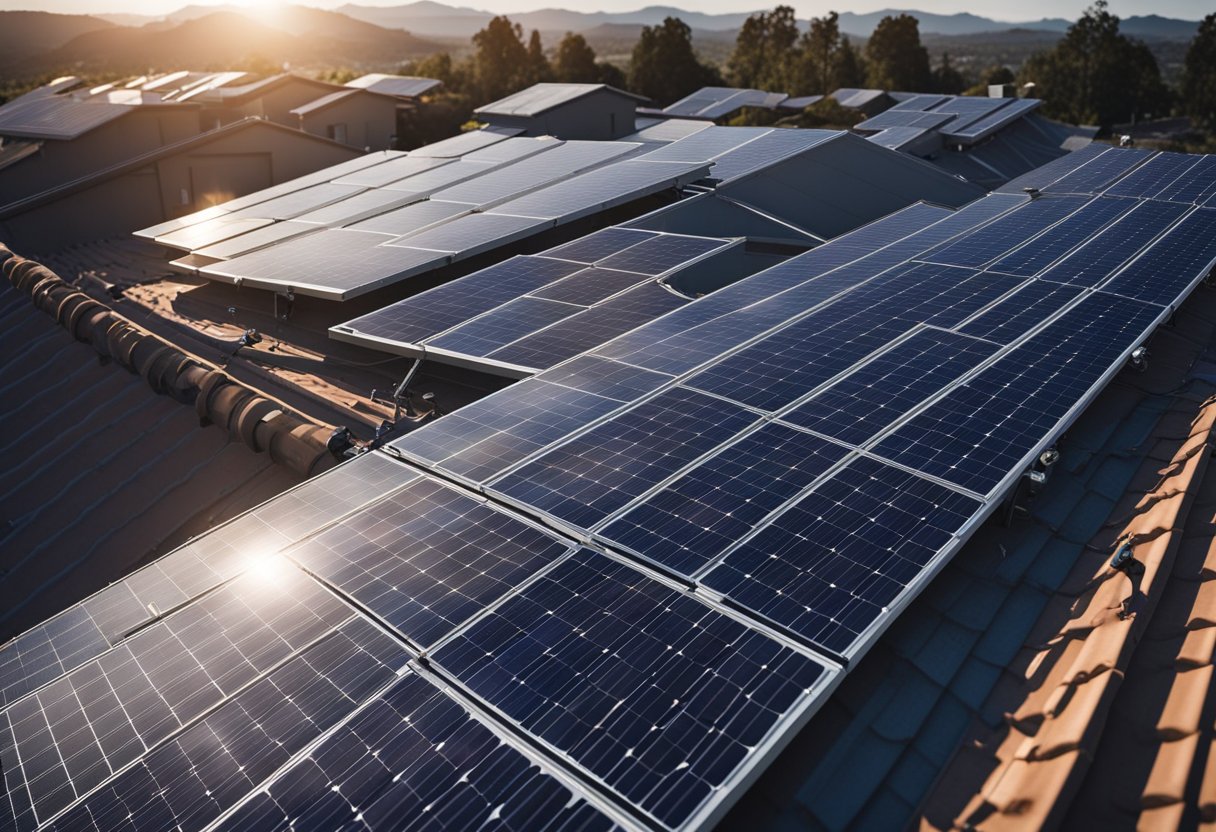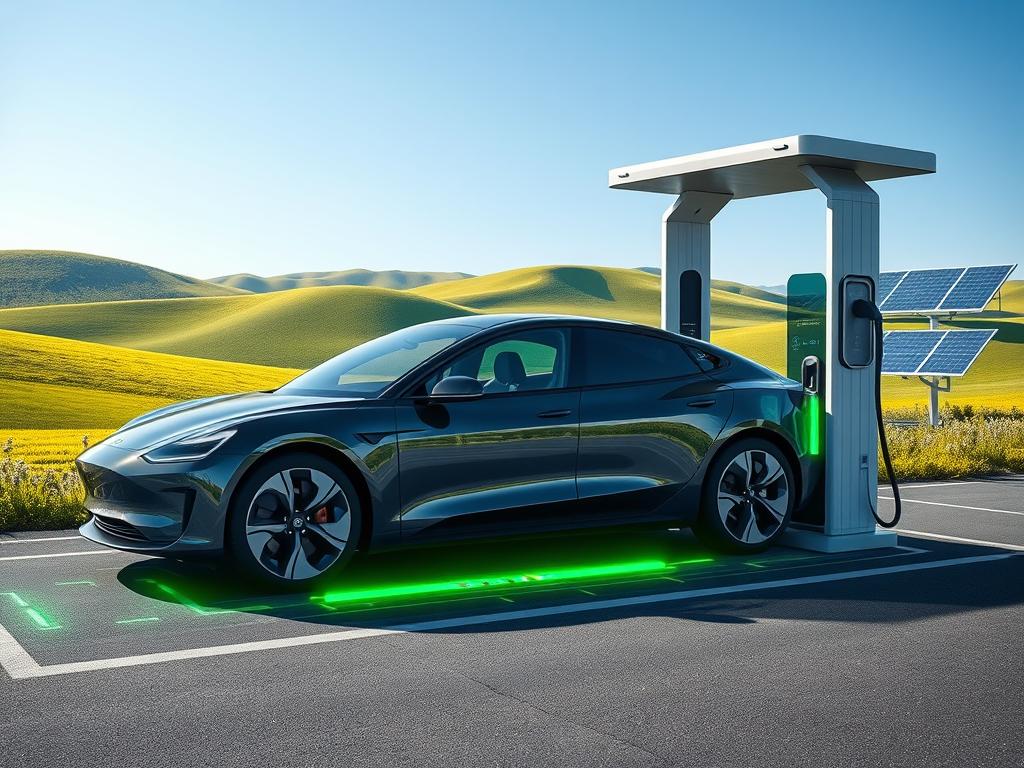Solar Energy vs Traditional Energy Costs Comparison: A 2025 Financial Analysis
Understanding Solar Energy and Traditional Energy

Solar energy and traditional energy sources differ in how they generate power, their costs, and environmental impacts. These differences affect both short-term expenses and long-term sustainability.
Basics of Solar Power and Traditional Energy Sources
Solar power harnesses sunlight to create electricity. It uses photovoltaic panels to convert light into usable energy. This process is clean and renewable.
Traditional energy comes from fossil fuels like coal, oil, and natural gas. These sources are burned to generate electricity. They are widely used but finite.
Solar panels work silently and need little maintenance. Fossil fuel plants require constant fuel input and produce emissions.
You can install solar panels on roofs or in fields. Traditional power plants need large, dedicated facilities.
Energy Production and Conversion Efficiency
Solar panels convert about 15-20% of sunlight into electricity. This rate is improving as technology advances.
Coal plants are about 33% efficient in converting heat to electricity. Natural gas plants can reach up to 60% efficiency.
Solar energy production varies with weather and time of day. Traditional sources provide steady power but at a higher environmental cost.
You get the most solar energy during sunny days. Fossil fuels can generate power 24/7, regardless of weather.
Comparing Initial Investments and Installation Costs
Solar energy systems have higher upfront costs. You pay for panels, inverters, and installation.
Traditional energy users don’t have direct installation costs. But they pay for energy through monthly bills.
Solar costs have dropped significantly in recent years. Many areas offer incentives to help offset initial expenses.
You might spend $15,000-$25,000 for a home solar system. Traditional energy requires no upfront investment from consumers.
Sustainability: Renewable vs Finite Resources
Solar energy is renewable. The sun will shine for billions of years.
Fossil fuels are finite. We will eventually run out of coal, oil, and natural gas.
Using solar power reduces greenhouse gas emissions. It helps combat climate change.
Traditional energy sources release CO2 and other pollutants. This contributes to global warming and air quality issues.
You can generate solar power without ongoing fuel costs. Fossil fuels require constant extraction and processing.
Solar panels last 25-30 years with minimal maintenance. Fossil fuel plants need regular upkeep and fuel supplies.


